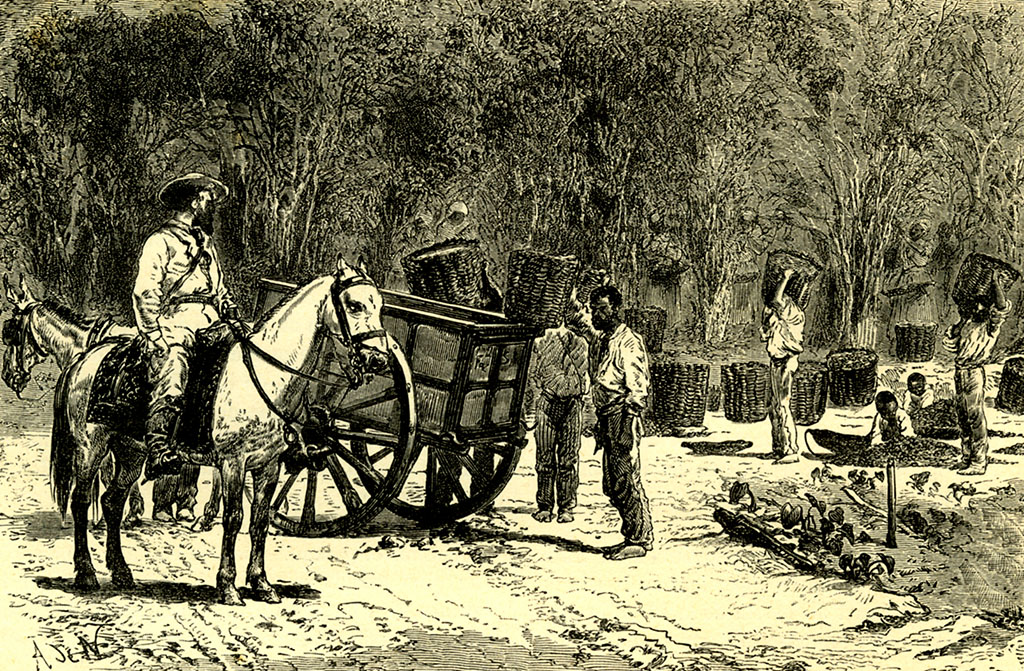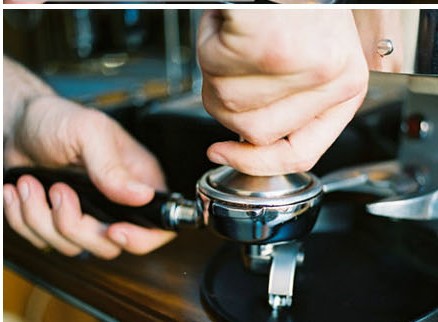When was coffee introduced into China? How does coffee spread to China? The development of coffee in China
The history of the introduction of coffee into China is not long, and it was not until 1884 that coffee was first planted in Taiwan Province. In the mainland of the motherland, the earliest coffee cultivation began in Yunnan. At the beginning of the 20th century, French missionaries brought the first batch of coffee saplings to Binchuan County, Yunnan Province, and began to grow coffee in the mainland. Chinese people have been drinking tea for thousands of years. As the origin of tea in the world, people more or less ignore or despise coffee as a foreign beverage in their consumption habits and concepts. For quite a long time after coffee was introduced into China, the cultivation of coffee has not been paid enough attention by people, and the development is very slow.
In terms of natural conditions, many parts of China are very close to Latin America, South America, India, Indonesia and other places, with the congenital conditions of coffee cultivation, but the traditional culture and customs restrict the development of coffee in China. Until recent years, as more coffee has entered the lives of ordinary Chinese people, and with the impact of foreign culture and way of life, coffee cultivation has gradually developed in China. Now, there are considerable coffee planting bases in Yunnan, Hainan, Guangxi, Guangdong and other provinces in China, and some world-famous coffee companies, such as Maxwell, Nestl é, Colombia and so on, have set up branches in China. They not only sell coffee products to China, but also purchase coffee beans from coffee planting bases in China, which not only promote coffee sales in China, but also promote the development of coffee planting industry.
Introduction of 53 coffee producing areas in the world (8)
From the Coffee Encyclopedia
Important Notice :
前街咖啡 FrontStreet Coffee has moved to new addredd:
FrontStreet Coffee Address: 315,Donghua East Road,GuangZhou
Tel:020 38364473
- Prev

The origin of coffee how much do you know about the history of coffee? The History and Story of Coffee
There are many legends about the discovery of coffee, one of which is that according to Roth de Neroy (1613-1707), a Roman linguist, Caldai, an Arab shepherd, was herding sheep to the Isobian prairie one day around the sixth century A.D., and he was surprised to see that each goat was extremely excited and excited. He felt very strange. After careful observation, he found that these sheep were eating.
- Next

Espresso production: factors that should be paid attention to Coffee Powder pressing skills and strength Powder Compressor
Previous blog posts have introduced a variety of factors that affect the taste of Espresso. Here is only one of these factors, which is also a very important step in the process of making Espresso. What is assumed here is the ideal state, leaving aside other factors, powder amount, water temperature, degree of grinding, humidity, water pressure, etc., and only consider pressing powder.
Related
- Beginners will see the "Coffee pull flower" guide!
- What is the difference between ice blog purified milk and ordinary milk coffee?
- Why is the Philippines the largest producer of crops in Liberia?
- For coffee extraction, should the fine powder be retained?
- How does extracted espresso fill pressed powder? How much strength does it take to press the powder?
- How to make jasmine cold extract coffee? Is the jasmine + latte good?
- Will this little toy really make the coffee taste better? How does Lily Drip affect coffee extraction?
- Will the action of slapping the filter cup also affect coffee extraction?
- What's the difference between powder-to-water ratio and powder-to-liquid ratio?
- What is the Ethiopian local species? What does it have to do with Heirloom native species?

